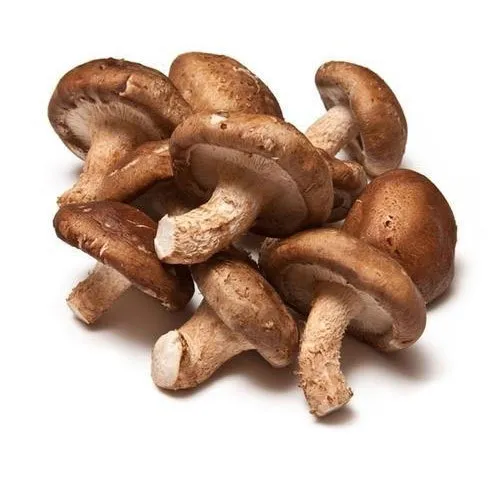Shiitake mushrooms are a popular and versatile ingredient that can be used in a variety of dishes. They are also a good source of nutrients, including protein, fiber, and vitamins. However, shiitake mushrooms can be expensive, so it is important to understand the factors that affect their price.

Factors Affecting Shiitake Mushroom Prices:
-
Seasonality: Shiitake mushrooms have a distinct harvesting season, primarily in the fall. During this time, the supply may be limited, leading to higher prices due to increased demand.
-
Geographic Location: The region where shiitake mushrooms are cultivated plays a significant role in pricing. Different countries or areas may have varying production costs, labor expenses, and market dynamics, resulting in price discrepancies.
-
Freshness: Fresh shiitake mushrooms are generally priced higher than their dried counterparts. Fresh mushrooms have a shorter shelf life and require careful handling and transportation, which contributes to their increased cost.
-
Quality: The quality of shiitake mushrooms directly impacts their price. Premium-grade mushrooms that exhibit desirable characteristics such as large caps, firm texture, and minimal blemishes command a higher price point compared to lower-quality specimens.
-
Organic Certification: Shiitake mushrooms grown organically, without the use of synthetic fertilizers or pesticides, often come at a higher price. The additional labor, care, and compliance required for organic cultivation contribute to the increased cost.
-
Market Demand: Fluctuations in consumer demand can influence shiitake mushroom prices. Increased popularity, particularly driven by culinary trends or growing awareness of their health benefits, can result in higher prices as demand outpaces supply.
-
Availability and Accessibility: Accessibility to shiitake mushrooms in local markets can affect their prices. Areas with limited supply or high transportation costs may experience higher prices due to logistical challenges.
Understanding these factors can help consumers make informed decisions when purchasing shiitake mushrooms, considering their budget, preferences, and availability.
Shiitake Mushroom Pricing Strategies:
-
Promotional Sales: Keep an eye out for promotional offers or discounts on shiitake mushrooms, especially during peak seasons or when suppliers are looking to reduce inventory.
-
Bulk Purchasing: Buying shiitake mushrooms in larger quantities can often result in cost savings. Consider purchasing in bulk if you frequently use them in your recipes or if you plan to preserve or store them for future use.
-
Farmer’s Markets: Explore local farmer’s markets or direct-from-farm sources for potential cost savings. These avenues may offer competitive prices and the opportunity to engage with growers, gaining insight into the cultivation process.
-
Community-Supported Agriculture (CSA): Joining a CSA program that includes shiitake mushrooms can provide access to fresh, locally sourced produce at more affordable prices, while supporting local farmers.
-
Grow Your Own: For enthusiasts with space and time, cultivating shiitake mushrooms at home can be a cost-effective option. Mushroom-growing kits and resources are available, enabling you to enjoy a continuous supply of fresh mushrooms.
Tips for Buying Shiitake Mushrooms:
When buying shiitake mushrooms, there are a few things you should keep in mind:
- Choose fresh shiitake mushrooms: Fresh shiitake mushrooms will have a smooth, dry surface and will be firm to the touch.
- Avoid shiitake mushrooms that are bruised or discolored: These mushrooms may be past their prime.
- Store shiitake mushrooms in a cool, dark place: This will help them to last longer.
Remember, while price is an important consideration, it’s equally vital to assess the quality, freshness, and sustainability of the shiitake mushrooms you purchase. Strive for a balance between affordability and the overall value they offer in terms of flavor, nutrition, and culinary enjoyment.
